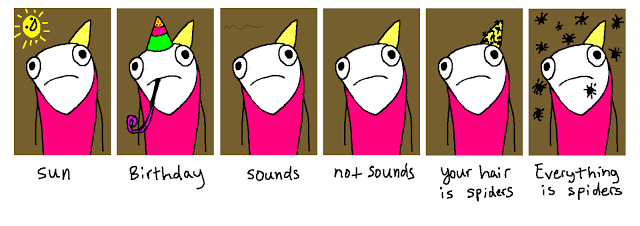Friends, academics, colleagues, lend me your ears! Actually, keep your ears; it is your data of self-esteem and sexuality that I’d like. Together, with Dr. Emily Impett and James Kim (from my former/beloved lab at UTM), we are working on a meta-analysis of the association between global self-esteem and sexuality variables. That’s a pretty broad net, so to give you a better idea of the data we’re interested in, here are some examples of sexuality variables included, thus far, in our meta-analysis:
- Safe-sex variables (e.g., attitudes, behaviours, beliefs, experiences with STIs and unintended pregnancy)
- Permissiveness variables (e.g., sexual desire, # of sexual partners for various sexual activities, sociosexual orientation)
- Sexual function variables (e.g., problem with sexual arousal/pain/orgasm, ratings of sexual satisfaction)
- Sexual communication variables (e.g., condom negotiation, communication self-efficacy)
- Consent-related variables (e.g., experiences with nonconsensual sex, sexual abuse)
- Developmental sexuality variables (e.g., age of first intercourse, first sexual partner’s age)
If you have unpublished datasets–or papers that we have missed in our lit review process–containing variables like these, and global self-esteem, please contact us: Sexuality.selfesteem.meta@gmail.com
To make things a little easier: you can view our meta-analysis’s reference list here. If you know you have papers with relevant data, have a look (search for your name) and if you don’t see your articles listed, shoot us an email (we may have missed them, or may need more information from you to include them) and we’ll be happy to include them (and cite them!!). And if you have unpublished data that seems relevant, we would be thrilled to include those too, and either cite a paper of yours hailing from the same sample, or profusely thank you in our acknowledgements (if no such other paper exists).
Friends don’t let friends publish meta-analyses that have missed a big file drawer; help us combat publication bias in our meta-analysis by sharing your data today!










